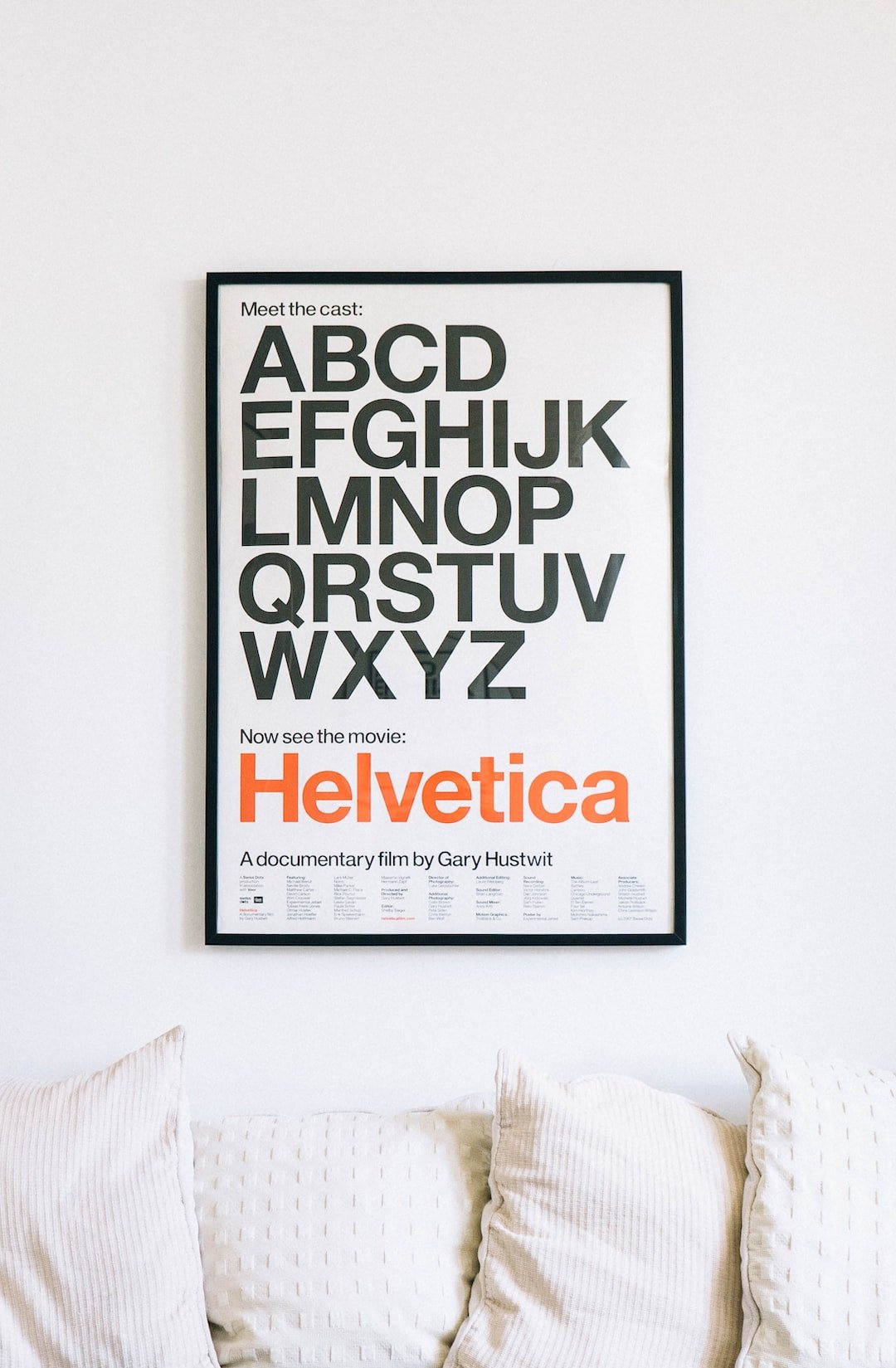Spatial Design: Crafting Unique Interior Spaces
The concept of spatial design goes beyond simply arranging furniture in a room. It is an art form that involves creatively utilizing every aspect of a space to create a cohesive and functional environment. From residential homes to commercial establishments, spatial design plays a significant role in shaping the overall ambiance and experience of a place.
At its core, spatial design is all about optimizing the available space to meet specific needs and objectives. Whether you are designing a cozy bedroom, a welcoming café, or a productive office, spatial design considers the purpose of the space and its users. It takes into account factors such as flow, lighting, functionality, and aesthetics to create a harmonious and visually pleasing atmosphere.
One of the key elements of spatial design is the concept of flow. The way a space is laid out can impact how people navigate through it. An efficient and intuitive flow ensures that there are no obstacles or congestion, allowing people to move freely and comfortably. A well-designed spatial layout can enhance the user experience, making them feel at ease and enhancing their overall satisfaction.
Lighting is another crucial aspect of spatial design. The strategic use of natural and artificial light can dramatically transform the atmosphere of a space. Proper lighting not only enhances visibility but also affects the mood and ambiance. For example, bright natural light can create an open and airy atmosphere, while soft and warm lighting can evoke a sense of coziness and relaxation. By carefully considering the placement and type of lighting fixtures, spatial designers can create the desired atmosphere and enhance the overall design.
Functionality is a vital consideration in spatial design. Each space has its unique purpose and specific requirements. For example, a commercial office space needs to be efficient and conducive to productivity, while a restaurant should provide a comfortable and enjoyable dining experience. Spatial design takes into account the needs and objectives of a space and works towards creating a functional layout that meets those requirements. This involves considering factors such as storage solutions, seating arrangements, and accessibility.
Beyond functionality, spatial design also focuses on aesthetics. The visual appeal of a space is crucial in creating an inviting and memorable experience. It involves choosing the right colors, textures, materials, and furnishings to create a harmonious and visually pleasing environment. A well-designed space should reflect the brand or the personality of the owner, creating a unique and memorable impression on visitors or users.
In recent years, spatial design has become more important than ever. With the rise of remote work and online shopping, creating memorable physical spaces has become an essential aspect of establishing a strong brand presence. Unique and well-designed interiors can attract customers, create a sense of loyalty, and enhance the overall perception of a brand. From art galleries to boutiques, spatial design is increasingly being recognized as a powerful tool for creative expression and brand identity.
In conclusion, spatial design is an art form that goes beyond arranging furniture. It is the craft of optimizing space, considering flow, lighting, functionality, and aesthetics to create unique and memorable interior spaces. Whether it’s a residential home or a commercial establishment, spatial design plays a vital role in shaping the atmosphere and experience. By carefully considering the needs and objectives of a space, spatial designers can create cohesive and functional environments that leave a lasting impression. So, the next time you step into a beautifully designed space, take a moment to appreciate the artistry and expertise that went into crafting that unique interior.

